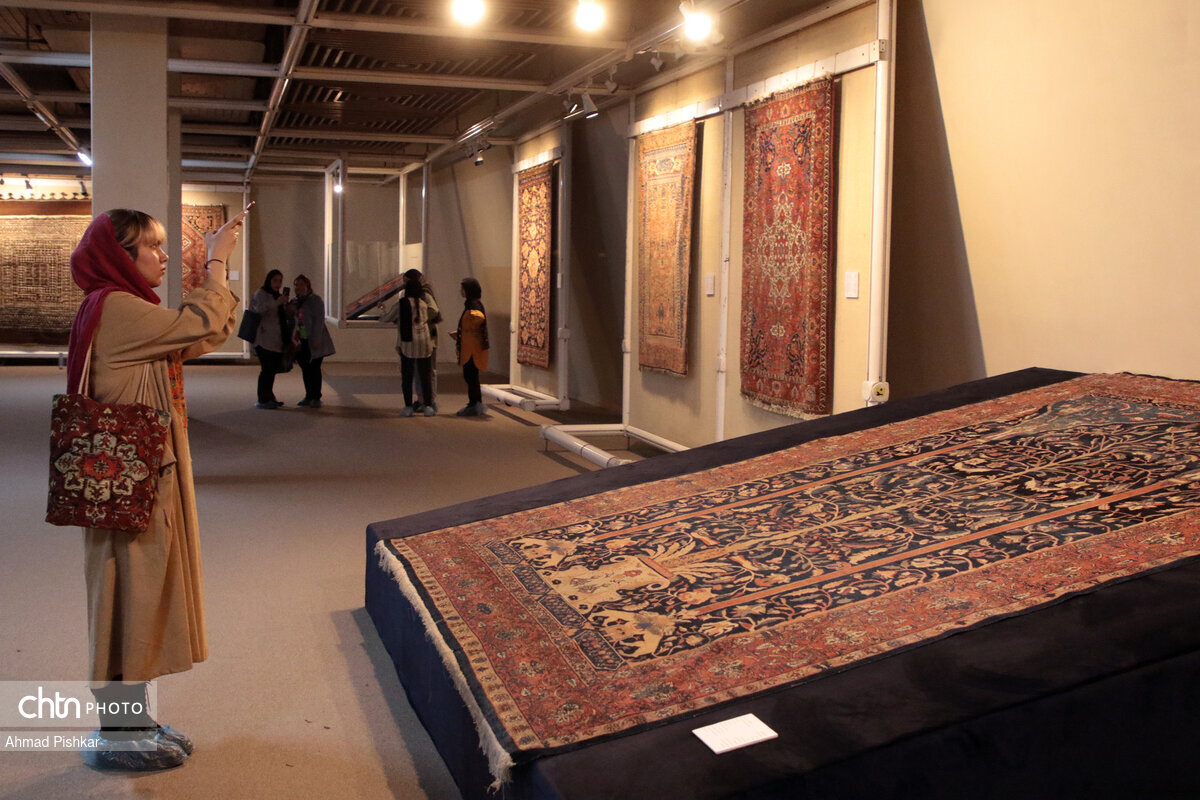Nowruz boost: Iran’s carpet museum reports 40% surge in visitors

TEHRAN – As one of the most popular cultural destinations in Tehran in the spring holidays, the Carpet Museum of Iran has faced a 40% upsurge in the total number of visitors.
“Despite the increased ticket prices for museums across the country,” Mohammad Javad Inanlou, the museum’s director, noted, “we witnessed a significant 40% surge in the number of visitors to the Carpet Museum compared to the past year.”
Inanlou highlighted the diverse programs offered to visitors, particularly families, as a driving force behind the increased foot traffic.
He further detailed the planned programs, pinpointing that some special workshops such as a painting session were organized for children, with various prizes distributed to participants.
“Additionally, museum guides enhance their engagement with visitors by providing visual and narrative explanations of the exhibited carpets, a strategy well-received by the audience,” the museum’s director stated.
Moreover, he mentioned a live replacement of one of the displayed carpets, allowing guests to witness the museum’s work process firsthand, as a proactive measure taken by the museum to further engage visitors.
This interactive approach aimed to deepen visitors’ understanding and appreciation of the museum’s collections, according to Inanlou.
In his concluding remarks, the official emphasized the profound significance Iranians attach to their cultural heritages, underscoring its pivotal role in driving museum attendance.
The Carpet Museum of Iran, located in Tehran, stands as one of the world’s few museums solely dedicated to carpets.
Iranian carpets are renowned globally for their exquisite craftsmanship and rich history, and visiting this museum is a rare and exciting opportunity.
The museum’s architecture mirrors the intricate patterns found in Persian carpets. The museum offers a glimpse into the diverse world of Iranian carpets, considered not just a profession but an art form.
From ancient Persian designs to contemporary masterpieces, the museum showcases valuable carpets spanning from the 9th century (801–900 CE) to the present day.
Beyond admiring the carpets, visitors can explore the process of carpet-making, including various weaving techniques, natural dye materials, and tools displayed within the museum.
Leave a Comment